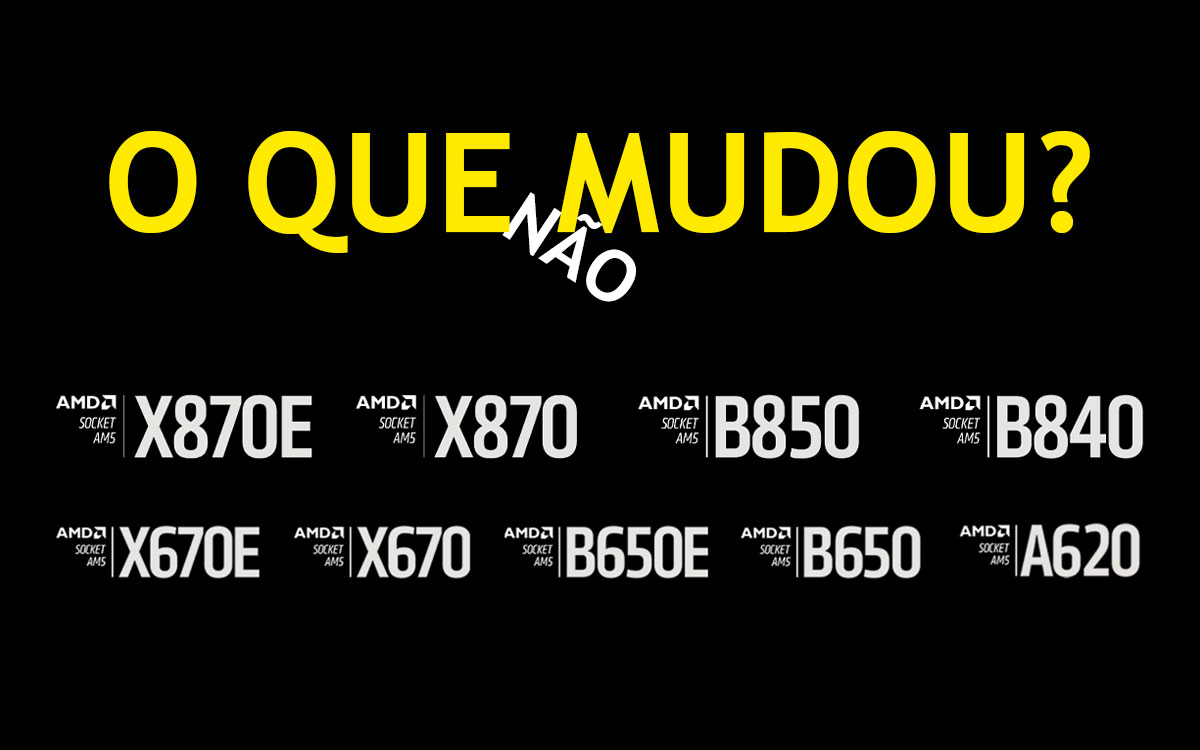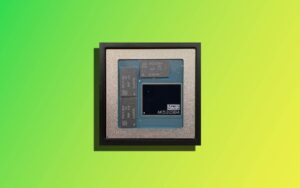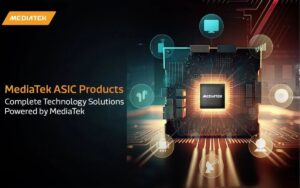
With the launch of processors AMD Ryzen 9000a new generation of socket AM5 motherboards with the AMD X870E and X870 chipsets arrived on the market, and new models with the B850 and B840 chipsets in the future. In this article I will highlight the characteristics of these chipsets and what’s new about the X670, X670E, B650, B650E and A620 models, as they all support processors from the AMD Ryzen 7000 and Ryzen 9000 lines.
You can check the chipsets for socket AM5 on the AMD website through this link.
Processors supported by AMD 800 Series chipsets
The new AMD 800 Series chipsets support processors from the AMD Ryzen 7000, 8000 and Ryzen 9000 lines, in fact, the other chipsets for socket AM5 processors, such as AMD A620, B650, B650E, X670 and X670E, also support these same processors, even the most recent.
AMD has already announced that the AM5 socket will have a long lifespan, following the AM4 concept.

It is necessary to update the BIOS of motherboards released before new generations of processors
It is important to highlight that it is necessary to update the BIOS of motherboards with chipsets launched before the processors, after all, when the motherboard was launched, the CPUs launched after them did not exist, and the BIOS process serves this purpose, ensuring that the motherboard recognizes and works correctly with new CPUs.
A clear example is that any motherboard with an X670 chipset supports a processor like the Ryzen 7 9700X, but to do so it needs to have its BIOS updated.
Differences between AMD AM5 socket chipsets
But the biggest question of all is the differences between the X870E,
Today, September 30, 2024, AMD officially launched, together with motherboard manufacturers, the X870 and X870E chipsets, models intended for high-end motherboards, with better components, construction and technologies. The cheapest models with B850 and B840 chipsets should only be launched in 2025 according to industry reports.
Below is a table from AMD that shows what changes between the X870E, X870 and 600 Series chipsets. Although the B850 and B840 models do not appear in this table, AMD has already informed the main changes in slides of its presentations.

Few technology changes from the 800 series to the 600 models
In general, when we compare the technologies of the new X870/X870E chipsets with the X670/X670E and even the B650E models, there is practically no major new feature other than the native support for USB 4.0, while in the others it was optional.
The number of PCIe channels itself, which defines the number of video cards and NVMe SSDs that can work together, has not changed between some models, and it is possible to have up to 36 channels on an X870 as well as on a B650E.
The biggest changes to motherboards will be due to more current designs, including technologies such as USB4 that delivers greater transfer speeds, as well as a Wireless Wi-Fi 7 connection that was not available on previous generation models.
There are no specifications for the B850 and B840 models on the AMD website, but the company has already mentioned the main features of these models in a presentation on the ASUS RoG channel.

You can see in the table below that the main change from the B850 to the X870 models is in the optional PCIe Gen 5 slot for the video card, being the PCIe Gen 4 standard, which in practice considering a VGA PCI-Express x16, does not bring any benefit some performance even when using a PCIe 5.0 graphics card.
Native support for USB 4.0 is also not present, the fastest being based on USB 3.2 20 Gbps, but it maintains CPU and memory overclocking. Here it is important to highlight that motherboards with this chipset tend to be simpler in their designs, and this means build quality and components, so they will be limited compared to overclocked X870 models.
Speaking of the B840 chipset, it is a new product from AMD, and until then the company called its entry-level chipset “A”. The important thing is that this chipset has the biggest limitations compared to the models above. Besides the PCIe X16 Gen 3 slot, the fastest USB is 10 Gbps USB 3.2.

But the biggest limitation is also the memory overclocking limitation, without the possibility of overclocking the CPU. As these are cheaper motherboards, it is not a big problem, fortunately AMD maintains support for memory overclocking and this means using models with MT/s above the processor standard, read loading the AMD Expo profile higher, something that Intel’s cheaper chipsets don’t do.
It is also important to highlight that several technologies such as USB 4 can be implemented through third-party chips. These tables consider native chipset technologies.
X870 and X870 motherboards arrive on September 30th
The first motherboards with Series 800 chipsets will be the X870 and X870E models, launched on September 30, 2024. The models with B850 and B850 chipsets are only expected to be launched in 2025.
Manufacturers such as Asus, ASRock, Gigabyte and MSI have launched a wide variety of models with the new chipsets, which start at prices starting at $199 internationally.
These boards support by default the entire line of processors launched until September 30th without the need for BIOS updates as is the case with models with Series 600 chipsets, that is, Ryzen 7000, 8000 models and the new Ryzen 9000.

In most cases: no! These are very specific news and benefits. To really take advantage, you will have to have a pendrive, external SSD or even a monitor with a USB 4 connection, or depending on the motherboard, a router with a Wi-Fi 7 connection. As they are very recent technologies, few people have these devices and There’s no point in having these technologies on the motherboard if the other end doesn’t keep up.
The biggest benefit of the launch of motherboards with AMD 800 Series chipsets will be the probability of price cuts on board models with 600 Series chipsets, something that is common with each new launch, especially in Brazil, worth the need to clear stock.
Keep an eye on boards with Series 600 chipsets, there may be promotions to release stock
Another factor to consider is the longevity of this platform. If you want to build a machine with a long period of use in mind, and already want to be up to date with the latest connectivity (Wi-Fi 7 and USB 4), then focusing on the newer platform makes sense, especially if you find price differences are not very large between the current and old platforms.
I recommend keeping an eye on models like the X670 and B650E, boards that feature cutting-edge designs and technologies, supporting even the fastest processor models in the Ryzen 9000 line, just a BIOS update.
Source: https://www.adrenaline.com.br/amd/chipsets-amd-x870e-x870-b850-e-b840-o-que-mudou/


